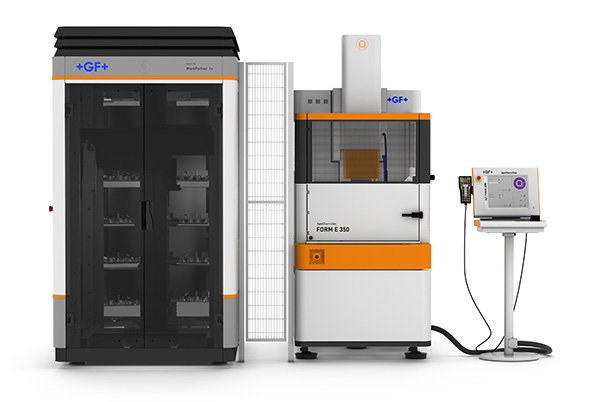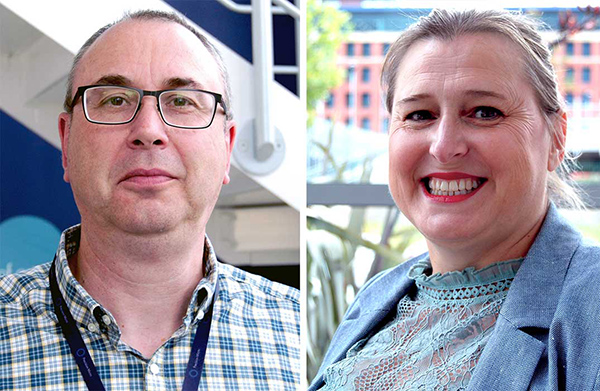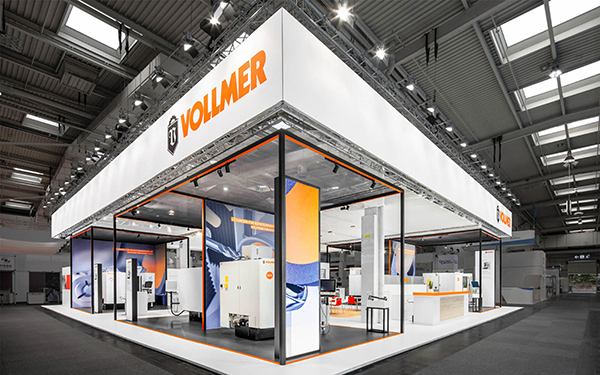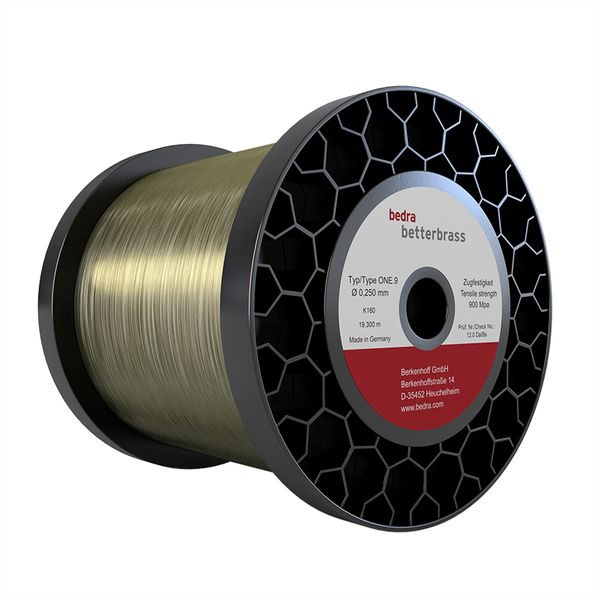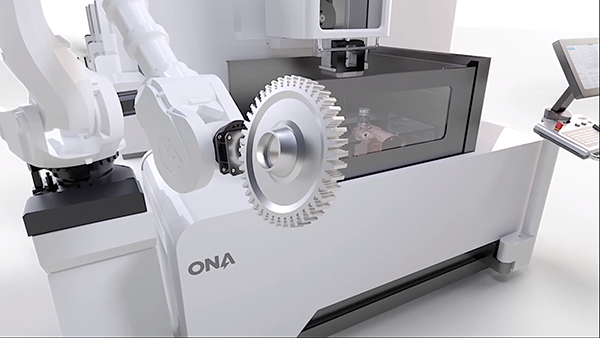
The AgieCharmilles Form E 350 is a compact, high-performance die-sink machine that is suitable for mouldmakers and precision component manufacturers. Even with what is described as the smallest footprint on the market, the machine boasts several design and performance features that will enhance a user’s competitive advantage.
For instance, a sturdy C-axis construction, cross table and cast-iron frame offer high stability and force reduction, which helps maintain a precise spark gap between the part and the electrode. Furthermore, regardless of part weight or dielectric volume, the machine is said to deliver consistent accuracy. Integrated glass scales preserve long-term accuracy and repeatability, and eliminate the need for recalibration and errors associated with traditional ball-screw systems due to backlash and wear.
The latest-generation Intelligent Speed Power Generator (ISPG) on the Form E 350 delivers high surface finishes and accuracy, and helps overcome common EDM issues and challenges, such as excessive and costly electrode wear, by up to 25%. Machining speeds are also increased by up to 40% when using the ISPG, while corner wear is reduced by 50%. Workpieces up to 800 x 500 x 265 mm can be accommodated.
Designed for high efficiency, the machine features a programmable dielectric management system with a 270-litre capacity integrated inside the cabinet. This system fills and empties the work tank without human intervention to keep production flowing, and is easy to access for routine maintenance.
The machine is equipped with the user-friendly AC Form HMI, which is based on a standard Windows platform and offers interactive graphical assistance so that all operations, such as measurement and machining cycles, are illustrated by graphics/icons for fast understanding and ease-of-use.
For further information
www.gfms.com/uk






